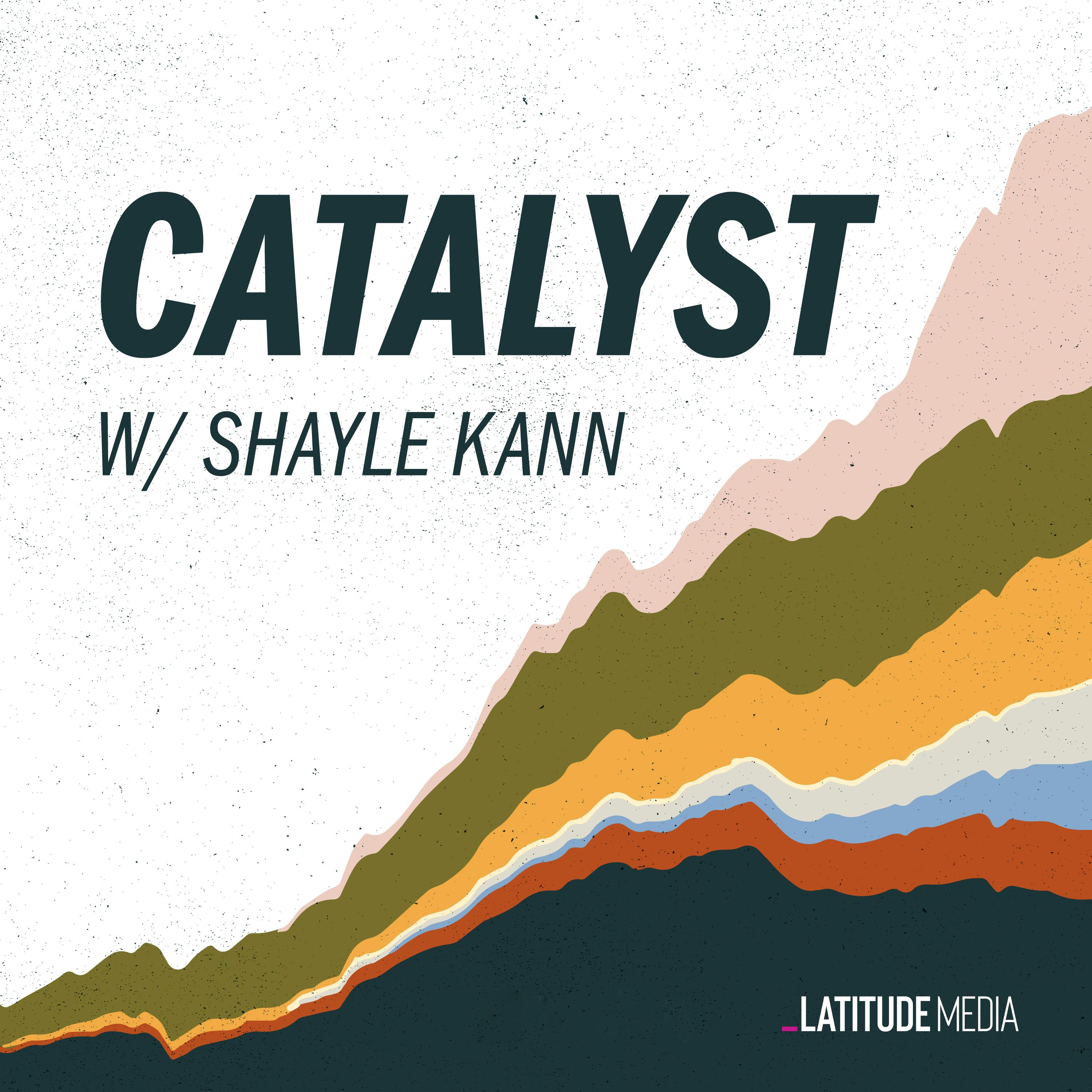Pathways to decarbonizing steel
Description
Little-known fact: The primary product of steel mills is CO2.
A conventional blast furnace produces almost two tons of carbon dioxide for every ton of steel. And with almost two billion tons of steel produced annually — roughly 500 pounds for every human, every year — that’s a lot of carbon: about 8% of global energy system emissions. And yet, steel is vital for vast parts of the economy, including the energy transition itself.
So why does steel production emit so much CO2? And what are the pathways to fixing it?
In this episode, Shayle talks to Rebecca Dell, senior director of the industry program at the Climateworks Foundation. They cover topics like:
How steelmaking generates emissions from both heat and the production process itself
Why coal is so useful for blast furnaces, and why natural gas can’t fully replace it
Why recycling cuts emissions but hits a ceiling
Direct reduced iron, which uses methane or hydrogen and requires high-quality ore
Less-developed but promising alternatives: molten oxide electrolysis and aqueous electrolysis, which can use low-quality ore
The limits of carbon capture and storage and material substitution
The major players building DRI facilities, like SSAB, ThyssenKrupp, and Salzgitter
Recommended resources
Canary Media: US pledges up to $1B for two pioneering ‘green steel’ projects
Latitude Media: H2's $5B fundraise is a 'test case' for financing green steel
Catalyst is brought to you by Anza Renewables, a data, technology, and services platform for solar and storage buyers. Anza’s real-time market intel equips buyers with the essential data they need to get the best deals. Download Anza’s free Q2 Module Pricing Insights Report at go.anzarenewables.com/latitude
Catalyst is brought to you by Kraken, the advanced operating system for energy. Kraken is helping utilities offer excellent customer service and develop innovative products and tariffs through the connection and optimization of smart home energy assets. Already licensed by major players across the globe, including Origin Energy, E.ON, and EDF, Kraken can help you create a smarter, greener grid. Visit kraken.tech.
Catalyst is brought to you by Antenna Group, the global leader in integrated marketing, public relations, creative, and public affairs for energy and climate brands. If you're a startup, investor, or enterprise that's trying to make a name for yourself, Antenna Group's team of industry insiders is ready to help tell your story and accelerate your growth engine. Learn more at antennagroup.com.
More Episodes
Shayle and his team at Energy Impact Partners (EIP) review a lot of climate-tech pitches. The best kind of pitch uses a solid techno-economic analysis (TEA) to model how a technology would compete in the real world. In a previous episode, we covered some of the ways startups get TEAs wrong — bad...
Published 11/21/24
Oh, the heat pump — a climate tech darling that still hasn’t hit the big time yet. One challenge for heat pumps is that the customer experience can be difficult, involving a complex installation process, poor installation jobs, and even technicians that don’t want to sell you one.
What’s it going...
Published 11/14/24
Published 11/14/24


